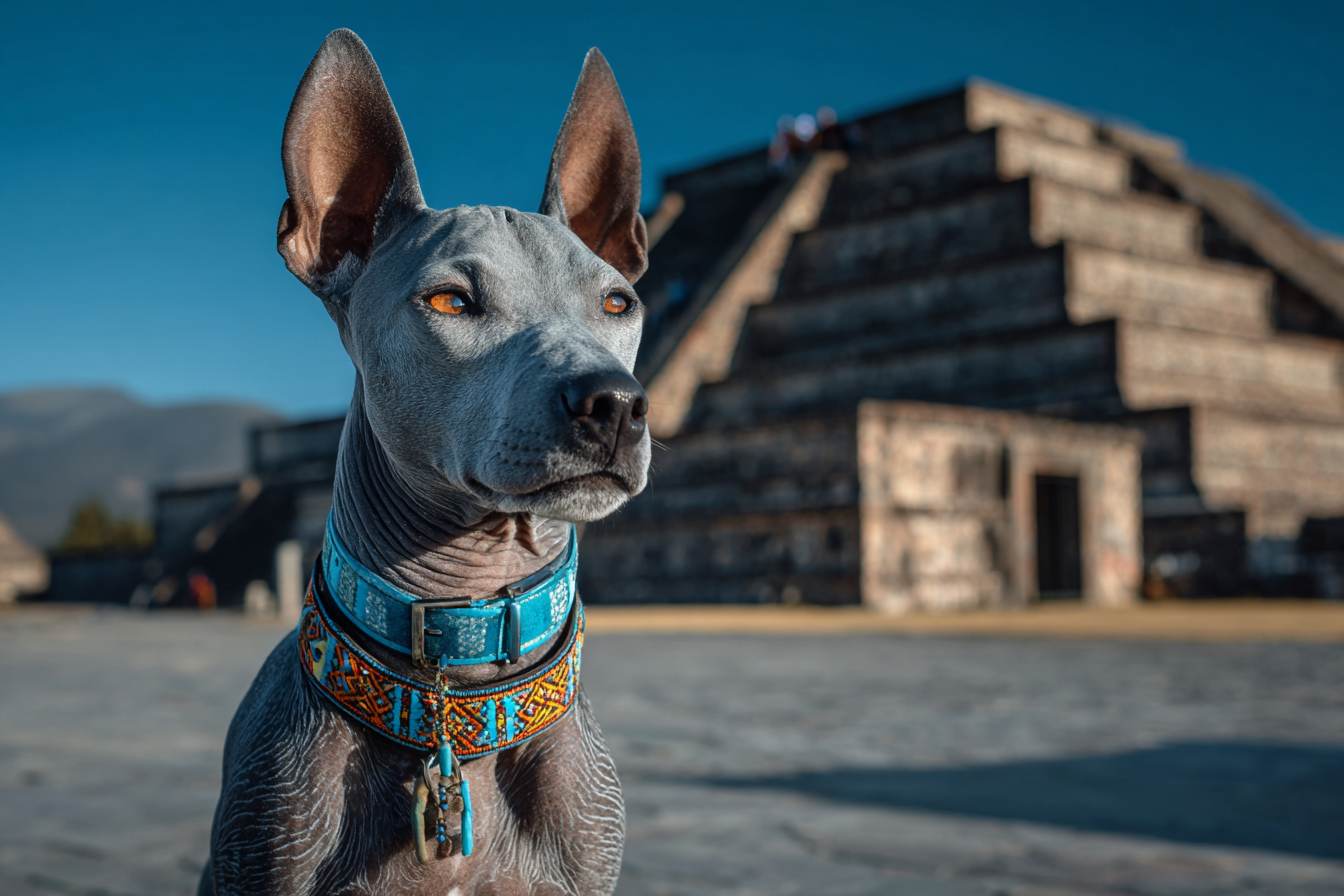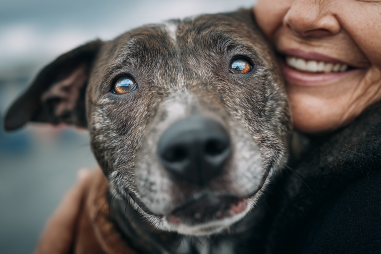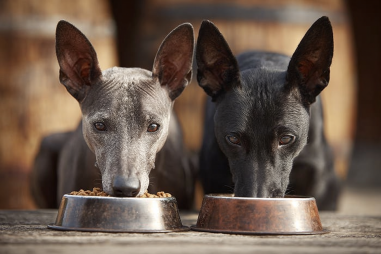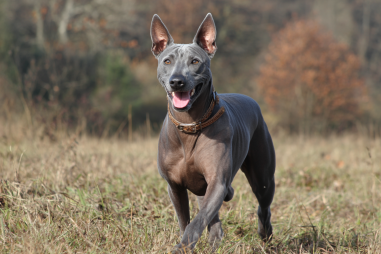The Xoloitzcuintli, often affectionately called “Xolo” or the Mexican Hairless Dog, is much more than just a unique and ancient breed. Rooted deeply in Mexican heritage, this dog carries with it centuries of history, mythology, and cultural significance. Its striking appearance and extraordinary story have fascinated dog enthusiasts and historians alike. In this article, we’ll journey back in time to explore the origins of the Xoloitzcuintli, its role in pre-Columbian civilizations, spiritual connections, and its enduring importance in modern culture.
Origins of the Xoloitzcuintli
The Xoloitzcuintli is one of the oldest and rarest dog breeds in the world, with roots tracing back over 3,000 years to ancient Mexico. Its name comes from two Náhuatl words: “Xolotl,” referring to the Aztec god of lightning and death, and “itzcuintli,” meaning dog. This name itself highlights the breed’s deep connection to indigenous mythology.
Archaeological evidence, including ceramic figurines and artifacts depicting the Xolo, has been uncovered throughout Mesoamerica, confirming the breed’s presence in the region for millennia. Unlike most breeds, the Xolo is naturally hairless—a unique genetic trait that arose in tropical climates where a protective coat was less necessary. However, coated varieties also exist, showcasing the breed’s diversity.
Role in Pre-Columbian Civilizations
The Xoloitzcuintli held a revered place in several pre-Columbian cultures such as the Aztecs, Maya, and Toltecs. These civilizations not only valued the Xolo as a companion but also attributed significant spiritual and practical roles to them.
In the Aztec Empire, for example, Xolos were believed to be guides for souls traveling to the underworld, known as Mictlan. They were often buried alongside their owners to protect and accompany them in the afterlife. Because of this, the breed was considered sacred and a symbol of protection.
Furthermore, Xolos were cherished for their warmth and were used as living heating pads by people suffering from arthritis or other ailments, thanks to their warm skin and lack of fur which allowed heat to radiate efficiently.
Mythological and Spiritual Connections
The spiritual significance of the Xoloitzcuintli extends deeply into Mesoamerican mythology. The breed is intimately connected with Xolotl, the god who was depicted as a dog-headed deity associated with death, lightning, and the evening star.
According to legend, Xolotl created the hairless dog to help souls safely pass through the dangerous underworld after death. The Xolo was seen as a guardian and guide, ensuring safe passage and warding off evil spirits. This belief underscored the dog’s mystical aura and cemented its place in religious and cultural narratives.
In some traditions, it was also believed that petting the Xolo could ward off illness and evil. Its hairless skin was thought to have healing powers, enhancing its role not just as a guardian spirit but also as a living healer.
Use in Rituals and Cultural Practices
Beyond mythology, the Xoloitzcuintli featured prominently in various rituals and ceremonies of indigenous peoples. Dogs were sometimes sacrificed in sacred rites to honor deities or to accompany important figures in death.
During such rituals, Xolos might be adorned with intricate decorations or painted with symbols, indicating their spiritual status.
Additionally, the breed was frequently portrayed in pottery, sculptures, and murals, highlighting its significance in daily and ceremonial life. These representations still provide valuable insight into the customs and beliefs of ancient civilizations.
Modern Cultural Importance
Today, the Xoloitzcuintli remains a powerful symbol of Mexican heritage and pride. It is recognized as Mexico’s national dog and is often featured in cultural exhibitions, art, and folklore celebrations.
The breed’s image has even transcended borders, appearing in modern popular culture and being embraced by dog lovers worldwide who are intrigued by its history and distinctive look.
In contemporary Mexico, the Xolo is sometimes used to promote tourism, cultural festivals, and educational programs, celebrating this living link to the past.
Preservation Efforts and Breed Recognition
Because the Xoloitzcuintli is an ancient breed with relatively low numbers historically, preservation efforts have been critical to its survival. Early 20th century breeders and enthusiasts took great interest in reviving and standardizing the breed.
Today, the Xolo is recognized by major kennel clubs, including the American Kennel Club (AKC), which officially admitted the breed in 2011. Breed clubs around the world actively work to maintain the genetic health and traditional characteristics of the Xolo.
Efforts also focus on educating the public about the breed’s history and care to ensure that the Xoloitzcuintli remains appreciated for both its cultural and canine qualities.
The Lasting Impact of the Xoloitzcuintli on Culture
The Xoloitzcuintli is much more than just an extraordinary dog breed. It embodies the rich tapestry of Mexican history—from its origins with ancient civilizations, its sacred place in mythology and rituals, to its role as a cultural icon today.
This resilient breed connects us to stories of spirituality, healing, and protection that have lasted thousands of years. Whether as a guardian of the afterlife or a beloved family companion, the Xoloitzcuintli continues to inspire awe and admiration around the world.
For those who encounter this remarkable breed, understanding its history and cultural significance offers a deeper appreciation, reminding us how dogs can be not only loyal friends but also living symbols of human heritage.







